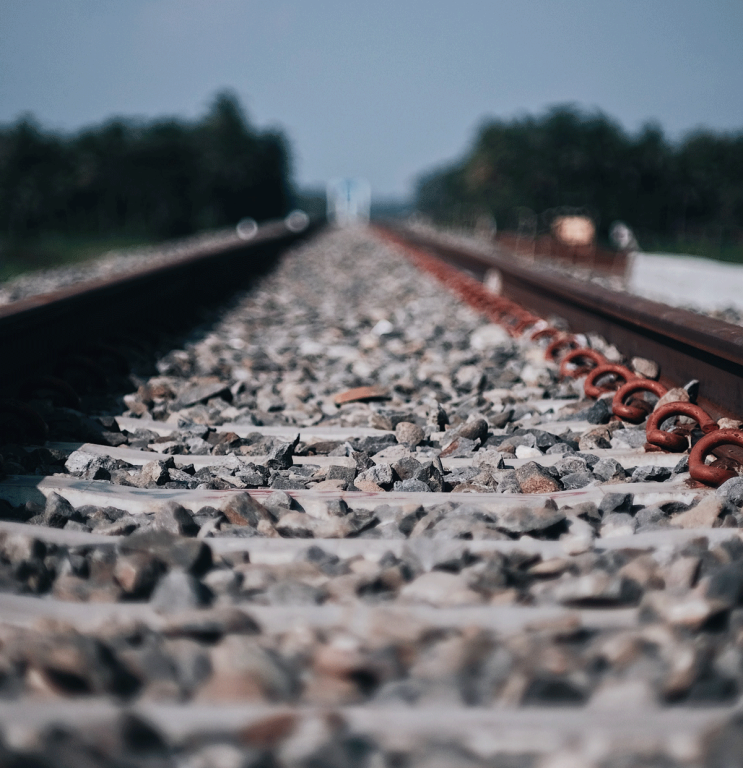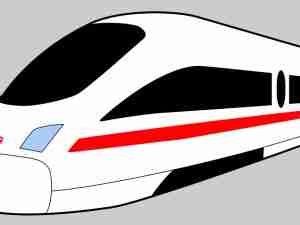
There’s an abundance of federal funding just waiting to be lavished on passenger rail projects in America. A massive amount of assistance and support will be available for light rail transit, heavy rail transit, commuter rail, intercity rail and high-speed rail projects throughout the country. Many of the earliest projects will launch first in the northeast part of the U.S.
Upcoming rail projects will tend to have similar components, but they will differ in size and type. Planning documents indicate that commonalities will include enhancing operations, acquiring new technology and initiating ways to efficiently accommodate more riders. Most projects will also include electrifying rail lines and procuring electric trains.
Even before the electrification of rail lines, passenger rail was already considered to be one of the cleanest modes of transportation, especially when compared to other travel options. Air travel, in previous years, emitted significantly less carbon than rail and commercial trucking. As stricter emissions standards made other traditional modes of transportation undesirable, emerging green technology has increased the environmental benefits of passenger rail. As a result, the International Energy Agency, a global environmental watchdog, estimates that green technology will spur a 100% increase in rail activity over the next thirty years.
Much of the activity around passenger rail is concentrated along the Northeast Corridor where rail lines extend across several states and serve an annual ridership of 9.2 million people. At the end of 2022, the U.S. Department of Transportation (USDOT) authorized roughly $9 billion for rail projects designed to improve bridges, tunnels, rail stations and rail track lines in this region.
The Federal Transit Administration is expected to allocate another $700 million to help fund a tunnel project that will facilitate passenger rail service between New Jersey and New York. The funding will also support part of the early development work for nine additional passenger rail projects that were previously unfunded.
Another federal allocation of $316 million will advance work on a project to modernize, expand and electrify an existing commuter rail line that connects the Utah municipalities of Provo and Ogden. The Utah Department of Transportation will oversee the initiative which is ultimately expected to reach costs of approximately $1 billion. The project will include costs for double-tracking the entire commuter line and acquiring 10 electric-powered commuter trains. Officials with the state transportation department expect to reach a full funding grant agreement that will authorize funding in 2024.
With all the available funding, passenger rail projects will become clean energy-powered levers of regional economic development. Last month, Amtrak released a report focused on the launch of a $65 million project to reconstruct a historic train station in Coatesville, Pa. Findings in the report suggest that, for every $1 invested in the restored rail line, that amount was doubled in economic development for the region.
In Missouri, the Kansas City Area Transportation Authority announced recently that it would seek federal funding for a passenger intercity rail system. The effort would impact 15 counties. As the initial study proceeds, Kansas City voters will be asked to support the renewal of a public transportation tax to generate $350 million in revenue for another passenger rail project. This funding is intended for use on a train project to provide service between Kansas City International Airport and the city’s downtown development district.
In May, another large project to expand public transportation was announced in Illinois. Planning is underway for a rail extension project that will cost more than $350 thousand and deliver a huge boost to economic development in Chicago’s South Side neighborhoods. The Chicago Plan Commission approved the development framework for the Red Line’s extension.
In 2024, the Pennsylvania Northeast Regional Railroad Authority will begin work on a passenger rail restoration project. The restored rail line will serve communities in Pennsylvania by connecting passengers to jobs and essential services in New York City. Pending a federal grant agreement, funding for the project will become available in 2024. Cost projections for modernizing the rail line, purchasing new passenger trains and restoring rail service range hover between $175 million and $265 million.
The Connecticut Department of Transportation will oversee a project to rebuild and upgrade infrastructure for an existing intercity passenger rail line running from New Haven, Conn., to Springfield, Mass. This $187 million project will add 1.5 miles of second track where the line crosses through the Connecticut city of Enfield and be designed to improve train signalization and rehabilitate culverts. Another $546 million passenger rail project in Connecticut will replace aging bridges that transverse the Connecticut River.
In April, state lawmakers in Minnesota introduced a bill that adds $200 million in state funding to a passenger rail project that is projected to cost $1.54 billion. The Metropolitan Council, which represents local leadership for the St. Paul-Minneapolis metro area, approved a route recommendation for an extended light rail transit system. The extension project is now in the environmental review stage but is scheduled for the design phase in 2024.
As Congress supports and incentivizes public transportation, regional economic vitality is boosted significantly. Contracting firms of all types are in high demand and interested companies should do everything possible to become involved. Competition for the historic number of large, complicated rail initiatives in America will be keen.







